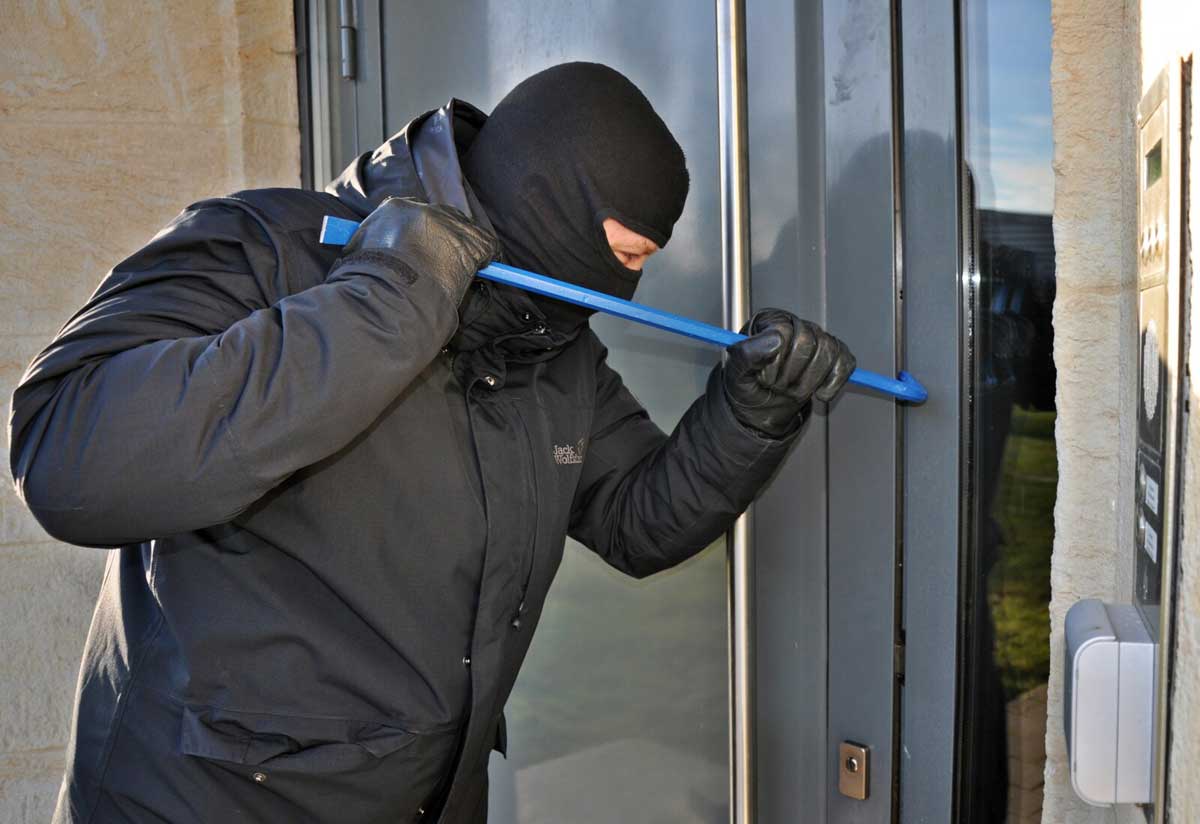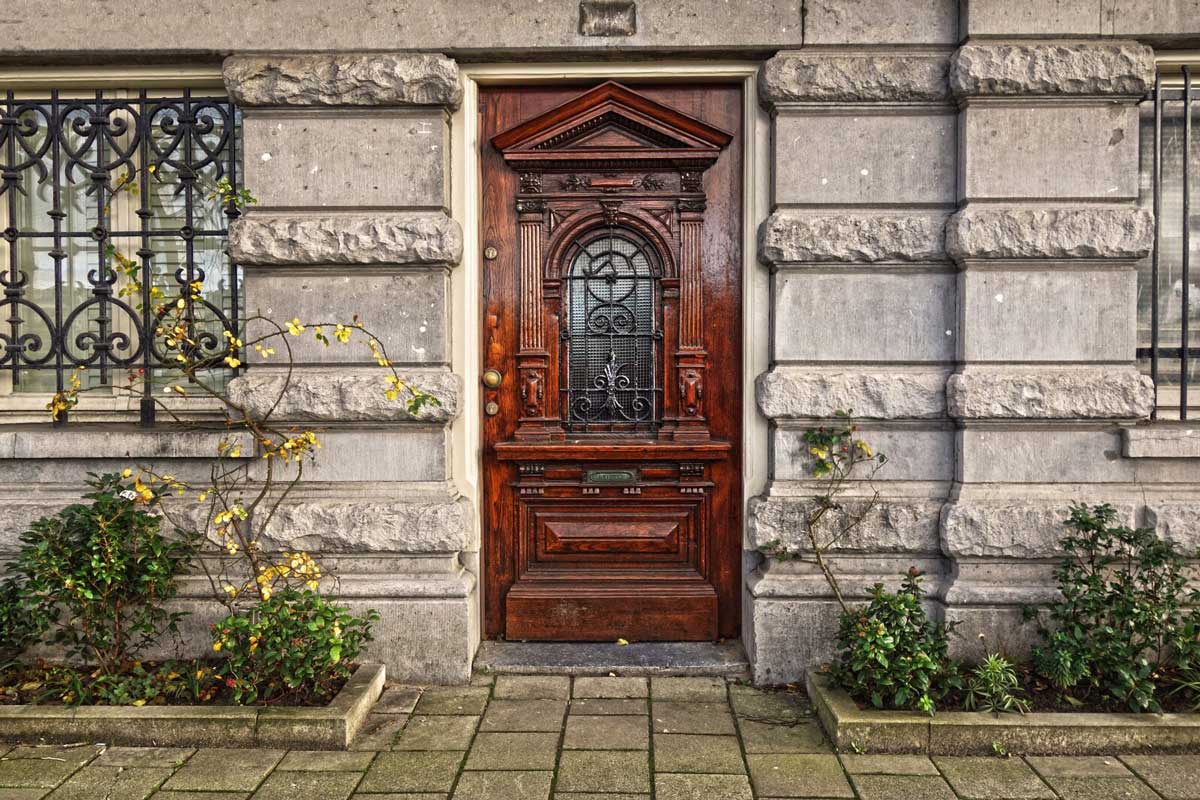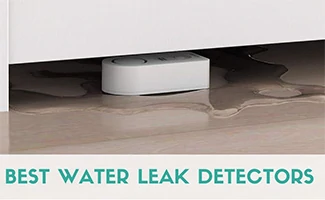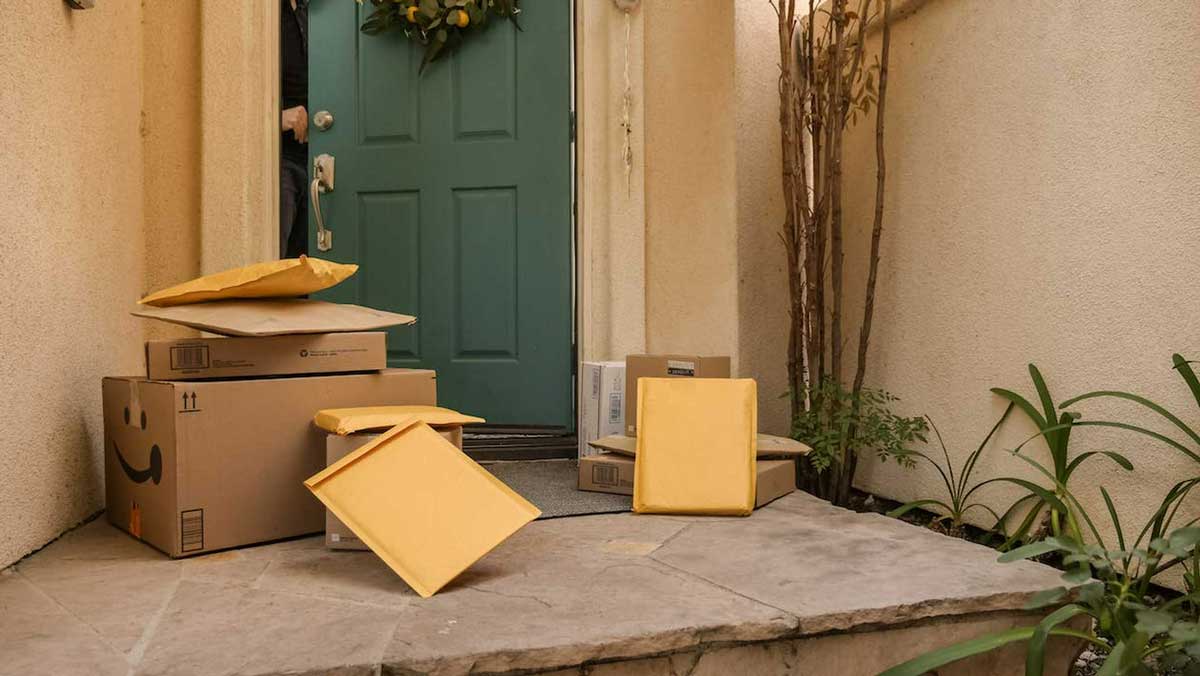Average Police Response Times In The U.S. By City, State, & Crime
When you purchase through links on our site, we may earn a commission. Here’s how it works.
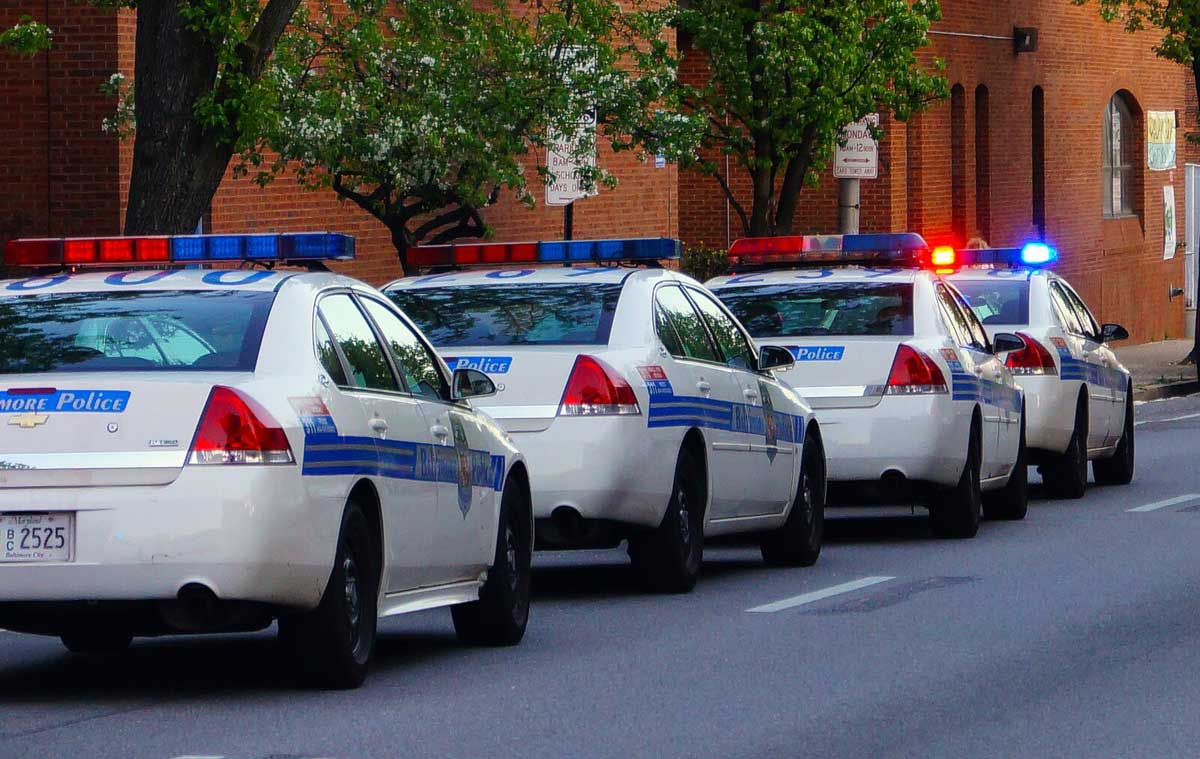
When you call 911, you expect law enforcement to be there immediately. Unfortunately, that’s not always the case. Average police response times vary widely based on many factors, including where you live and the severity of the crime.
What Happens When You Call 911?
Calling 911 connects you to an operator that is trained to assess your emergency. They use national standards to assess the priority of your call and dispatch emergency services based on your specific needs.
Who Gets Priority?
Most police departments have a response schedule that ranks different types of emergencies from high to low. Top priority always goes to callers who are in need of assistance due to a life-threatening emergency.
3 Factors That Determine Response Time
It’s not just about how high a priority your call is. These three factors can determine response time:
- Number of incoming calls at the time of your call
- Number of officers available to respond
- Number of officers needed to respond to your specific situation
How Long Does It Take Police To Arrive?
According to Campus Safety Magazine, the average police response time for a 911 call varies based on the city you live in. Times have been reported from as quick as 3 minutes to over 15 minutes. The urgency of these calls also varies based on the type of emergency. We encourage you to inquire with your local police station, as most will have an account of these statistics. Below is an example that a police department has posted.
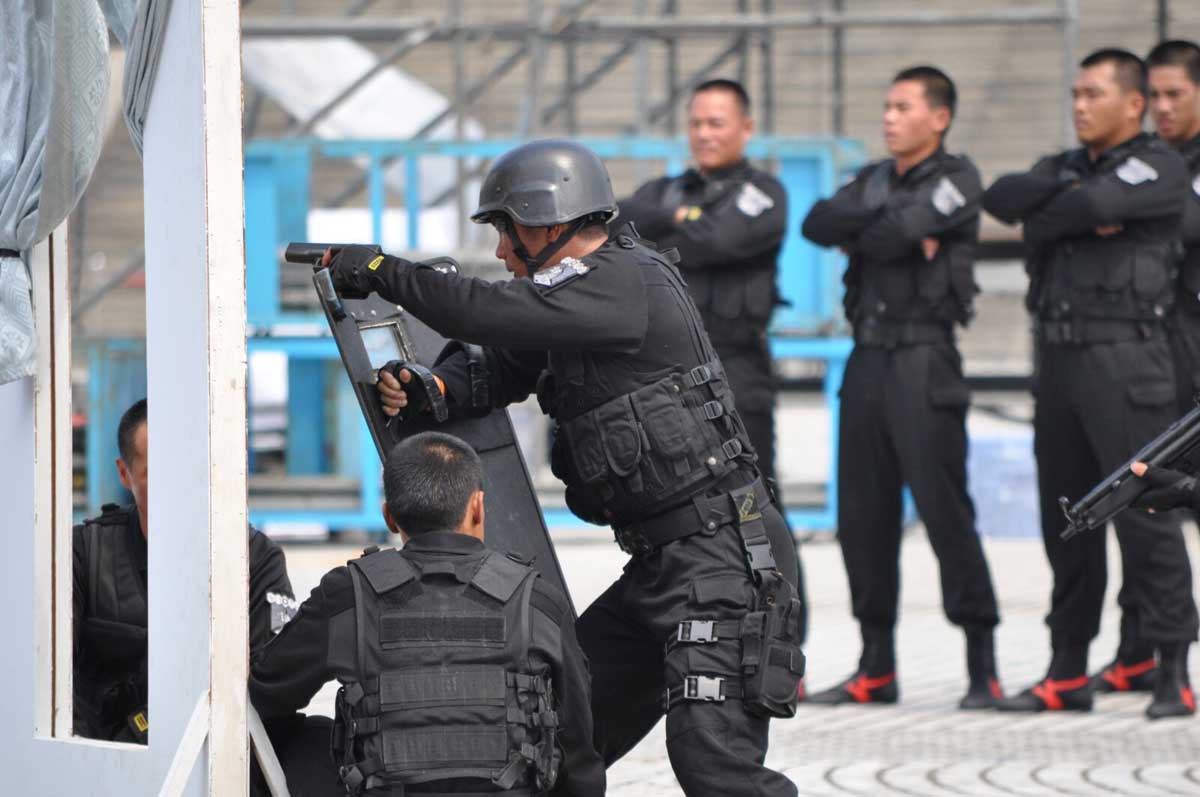
Police Response Time Example: Palos Verdes Estates, California
The police department of Palos Verdes Estates, California has published its police response times from April 2017. You’ll notice that their response times are quite impressive compared to the national average. How are response times measured? According to Palos Verdes, After receiving the call, the dispatcher assigns and dispatches an officer(s) to respond. This starts the officer’s “Travel” response clock. When the officer radios back to dispatch that, he/she has arrived on scene, all clocks stop ticking.
Average Police Response Times (By Crime)
According to the Bureau of Justice Statistics, the national average police response time varies based on the type of crime. Here are some national police response time statistics, and unfortunately the last time they posted this data was back in 2008, so please reference this data with that context in mind.
| Type of Crime | Within 5 min | 6-10 min | 11 min -1 hr | Within a Day | 1+ Day | Unknown |
|---|---|---|---|---|---|---|
| Violence* | 28.3% | 30.3% | 33.5% | 2.5% | 0.4% | 5.0% |
| Robbery | 32.3% | 38.8% | 28.3% | 0.0% | 0.0% | 0.6% |
| Aggravated Assult | 20.9% | 32.6% | 36.4% | 4.8% | 0.0% | 5.4% |
| Simple Assult | 31.4% | 28.0% | 31.8% | 2.4% | 0.1% | 6.2% |
| Property Crimes | 12.8% | 20.2% | 47.8% | 12.6% | 1.9% | 4.7% |
| Household Burglary | 13.6% | 21.8% | 46.9% | 12.6% | 1.9% | 3.3% |
| Motor Vehicle Theft | 12.5% | 22.2% | 49.1% | 11.5% | 1.3% | 3.3% |
| Theft | 12.5% | 18.9% | 48.0% | 12.7% | 2.0% | 5.9% |
* Includes data on rape and sexual assault
Active Shooter Events
Unfortunately, active shooter situations have become far too common. Because of this, police departments have made this an extremely high priority, and according to a report published by the FBI in 2014, response times from 2000 to 2012 averaged 3 minutes around the country.
Domestic Violence
According to the National Coalition Against Domestic Violence in a 2011 report, 1.3 million people are victims of domestic violence annually. Unfortunately, the research surrounding police response times to domestic violence incidences (DV’s) is scarce. Knowing the response time is especially important in domestic violence calls where victims run the risk of physical injury.
One of the most recent and comprehensive studies completed is a thesis by Brittney Thorndyke at Boise State University. It concludes that the most significant impact of response time was not on offender presence (at time of police arrival), injuries or medical assistance required. Rather, the largest impact was on the chance of offender arrest. The odds of an offender being placed under arrest decreased 4.7% for every minute of response time.
The overall average response time given by responding officers was approximately 8.5 minutes.
Experiencing domestic violence? Don’t hesitate to call the national domestic violence hotline.
988 Police Response (For Suicide And Crisis Assistance)
The 988 police response number is a new three-digit number that allows people in crisis access to immediate help from a mental health specialist. The number is intended to reduce the stigma associated with mental health issues and to provide individuals with a more convenient and accessible option for crisis support.
The 988 police response number is a recent addition to the National Suicide Prevention Lifeline (1-800-273-8255). The 988 number is intended to provide individuals with faster access to mental health resources when they’re in a state of crisis and need immediate help. The number is also intended to reduce the stigma associated with mental health issues and to make it easier for people to access help.
What Happens When You Call 988?
When an individual calls the 988 police response number, they will be connected with a mental health specialist. The specialist will be trained to assess the caller’s situation and connect them with appropriate resources. This could include providing referrals to professional mental health services, providing crisis counseling, or helping to connect the caller with a support group. If a caller is in immediate danger of harming themselves, the specialist will be able to connect them with emergency services, such as an ambulance.
Suicide Prevention
When it comes to suicide prevention, the 988 police response number is an important resource. The number can provide individuals with immediate help and support, which can be life-saving in some cases. Additionally, the number makes it easier for individuals to access resources and support without having to feel like they are asking for help.
In addition to the 988 police response number, there are other resources available for those in crisis, including the National Suicide Prevention Lifeline (1-800-273-8255) and the Crisis Text Line (741741). Both of these resources provide immediate access to mental health specialists who can offer support and connect individuals with resources that can help them in their time of need.
A Life-Saving Mental Health Resource
The 988 police response number is an important step forward in suicide prevention and mental health support. The number allows individuals to access immediate help and resources and reduces the stigma associated with mental health issues. While the number is not a substitute for professional help and treatment, it can be a lifesaving resource for those in need.
For those struggling with mental health issues, there are a variety of resources available, including the 988 police response number. It is important to remember that you are not alone and that help is available. If you or someone you know is in crisis, please call the 988 police response number or one of the other resources mentioned above to get help.
What Is The Average Police Response Time By City (15 Cities Reported)?
Here’s our report on average police response time for 15 major U.S. cities. These have been ordered from fastest to slowest response times, but keep in mind that the collection means, years, etc. vary widely. For example, Chicago came in with less reliable data, while NYC came in with very reliable data.
So please DO NOT RELY ON THESE FIGURES IN AN EMERGENCY. THESE ARE NOT RANKINGS.
There’s no fair way to truly compare average police response times by city or metro area. Why? Average police response time data is not recorded by a national organization and there are simply too many city-specific factors that affect response times. This is why, instead of ranking cities by response time is in a table, we list them below with contextual explanations as to how the response time was calculated.
Some police departments, for example, cover much larger geographical areas; while others experience more traffic. Further, there is no standard for how often this should be compiled or if it is even available to the public, so the years of collection vary.
| City | Response Time (min) | Year Reported |
|---|---|---|
| Nashville, TN | 5.4 | 2019 |
| Boston, MA | 6.1 | 2019 |
| Las Vegas, NV | 6.8 | 2019 |
| Washington, D.C. | 6.9 | 2018 |
| Seattle, WA | 7.0 | 2016 |
| New York City, NY | 7.7 | 2021 |
| Dallas, TX | 8.0 | 2017 |
| Miami, FL | 8.0 | 2015 |
| Philadelphia, PA | 9.0 | 2018 |
| Houston, TX | 10.0 | 2018 |
| Atlanta, GA | 10.0-13.5 | 2019 |
| Denver, CO | 11.6 | 2019 |
| Detroit, MI | 14.5 | 2018 |
| Los Angeles, CA | 20 | 2021 |
| Chicago, IL | n/a | 2021 |
*According to the Seattle Times, they are missing that mark when responding to certain areas and certain report types, including domestic violence.
Nashville, TN – 5.4 minutes (2019)
According to GovTech, together with the Vanderbilt Initiative for Smart Cities Operation and Research, the Nashville Fire Department and the city’s IT agency created a tool that uses predictive modeling to forecast emergency response times.
Boston, MA – 6.1 minutes (2019)
The city of Boston EMS has published a comprehensive report on the city’s vital statistics, including median response times for priority 1,2, and 3 calls.
Las Vegas, NV – 6.8 minutes (2019)
In the entertainment capital of the world, the average response time for emergency calls rose from 6.6 minutes in 2018 to 6.8 minutes in 2019 according to a report by the Las Vegas Metropolitan PD.
Washington D.C. – 6.9 minutes (2018)
In our capital, the response times to priority 1 calls rose slightly in the Metro PD’s 2018 annual report from 6.68 minutes in 2017 to 6.87 minutes in 2018. A priority 1 call is defined as “Priority 1 calls involve circumstances where an imminent threat to the safety of persons or the potential for significant property damage exists resulting in a Code 1 response being authorized.“
Seattle, WA – 7 minutes (2016)*
7 minutes is the reported average response time to priority calls in Seattle. *However, according to the Seattle Times, they are missing that mark when responding to certain areas and certain report types, including domestic violence.
New York City, NY – 7.7 minutes (2021)
New York City has an analytics tool that let us calculate an average response time of 7.74 minutes (year-to-date as of the date of this article) for priority 1 (“critical”) calls. The response time can be further breaken down to average calltaker processing (2.25 minutes), average dispatch (1.46 minutes), and average travel (4.03 minutes). Priority 2 (“serious”) calls averaged 10.71 minutes, while priority 3 (“non-critical”) averaged 19.06 minutes for the same time period.
Dallas, TX – 8 minutes (2017)
According to WFAA ABC News 8, even though Dallas strives to keep response times under 8 minutes, they are averaging just over 8 minutes for the highest priority calls.
Miami, FL – 8 minutes (2015)
The Miami Dade Police Department claims their goal is to beat an 8 minute response time. High priority calls were reported to average just over 8 minutes.
Houston, TX – 10 minutes (2018)
According to ABC 13 News in Houston, the city’s average police response time for all major crimes has increased in the last several years since reporting. High priority calls were reported to average 10 minutes.
Atlanta, GA – 10 to 13.5 minutes (2019)
Amid complaints about rising crime, the Atlanta Police Department is reported to have a goal of shrinking the boundaries of the police patrol zone that covers Buckhead with the hope of faster response times for 911 calls. According to Lexipol Police 1, Buckhead’s Zone 2 has the longest response time at 13 minutes and 32 seconds for high-priority calls, while East Atlanta’s Zone 6 has the lowest at just under 10 minutes.
Philadelphia, PA – 9 minutes* (2018)
Philadelphia’s Bureau of Emergency Medical Services 2018 mid-year data report cites the median response time to 911 calls as 9 minutes, with the majority of 911 calls having a response time of 15 minutes or less.
Denver, CO – 11.6 minutes (2019)
Average police response times to high priority calls have been improving over the last decade in Denver, down to 11.6 minutes in 2019. How was this data collected? According to a report by the city of Denver, “the data used to determine these times are limited to records where the agency type was Police, the time the unit was assigned is populated, the time the unit arrived is populated and only citizen initiated calls were included; Be On the Lookout (BOLO) calls and officer initiated calls were excluded.” And their highest priority calls, priority 0-2 calls, are defined as “an imminent threat to life.“
Detroit, MI – 14.5 minutes (2018)
Across the city, Detroit police arrive in about 14.5 minutes for urgent Priority 1 calls, such as active shootings, robberies and assaults. That’s down from 20 minutes in late 2015 and from over 50 minutes in 2013 according to Bridge Michigan.
However, there has been some controversy around these figures. In an article by the Detroit news, the issue of “two Detroits” is being raised by a Detroit police commissioner who wants Chief James Craig to answer questions about how quickly officers respond to emergency calls in the city’s affluent and poorer neighborhoods. Police officials say the story is inaccurate, and insist officer deployment decisions are based on crime data, not income.
Los Angeles, CA – 20 minutes (2021)
According to BOMA LA, the average response time for an urgent call to the LAPD was reported to be 7 minutes, but an emergency call came in at 20 minutes. To keep these same figures with reduced staff, the LAPD was forced to close a number of important special units.
Chicago, IL – N/A
Chicago has a reputation for being a high crime city, and their police response times for priority 1 calls have been reported to be as quick as 3.46 minutes. Unfortunately, we were unable to find any recent statistics, nor an average response time across all 911 calls. And a report by ACLU Illinois indicate that there is significant disparity in priority response times across neighborhoods. In summary, given the outdated nature of the report, and lack of statistical data, we have not published a time for Chicago.
How Can You Help Make These Statistics Better In Your Community?
Being informed about how to use emergency and non-emergency numbers is the first step in getting response times down in your community.
What’s My Non-Emergency Number?
The quickest way to find your police department’s non-emergency number (which essentially is your local police office’s phone number) is to plug your city name followed by the words “non-emergency number” into a Google search. Alternatively, search for your city’s name followed by “police.”
Often, 911 dispatchers are dealing with non-emergency situations that slow down their ability to react and dispatch police quickly when it is truly needed. Here are three reasons to use the non-emergency number instead of 911:
- Reporting an incident after the fact
- Noise disturbances
- Non-life threatening emergencies
Frequently Asked Questions
Here are the most common questions we get on police response times.
What Are The Responsibilities And Duties Of A Police Officer?
As is eloquently put by the UNC Police department, an officer’s duties and responsibilities center around four qualities.
4 Qualities Expected Of A Police Officer
The four qualities expected of a police officer include:
- Humanity – respecting life and liberty. Being sensitive and inclusive, and treating everyone with dignity and compassion.
- Integrity – guided by the principles of justice. Employing the highest ethical standards, and demanding accountability, consistency, fairness, and honesty.
- Professionalism – taking pride in the police force. Committing to excellence in the profession, and maintaining the highest standard of education.
- Courage – maintaining mental and mortal strength to resist opposition and fairness of mind, and always standing by fellow officers in the face of danger.
What Was The Police Response In The Uvalde, Texas Shooting?
The police response in the Uvalde shooting was, according to several sources including the Texas Tribune, severely inadequate. 376 law enforcement officers descended on the school, yet it took over an hour to apprehend the perpetrator that had no previous experience with firearms. Ultimately, the Uvalde school board fired the police chief in charge.
Do You Have Police Response Times By Zip Code?
Since police districts across the U.S. manage and publish their own response statistics, this would be an enormous undertaking to gather all this data. Not to mention, it would go out of date quickly. Your best bet to find police response times for your zip code is to do a search on the internet, using keywords such as “police response times for 90210.”
For this particular example (Beverly Hills zip code), we were able to find a statistic from 11/25/19 on the BHPD Facebook page: BHPD will arrive to an emergency in Beverly Hills in less than three minutes; last month the average response time was 2.4 minutes. If you are unable to find a current statistic, we recommend you call your local police department.
Do You Have 911 Response Times By Zip Code?
Our answer to this is the same as the question above, the statistics are not stored in a national register so the results will vary by zip code and can only be obtained by contacting your city. For example, if you live in an NYC zip code there is an NYC 911 Reporting Analytics website that you can use to look up end-to-end response times.
What Is The Average Police Response Time For Non-Emergencies?
Non-emergency calls are ranked a priority three meaning, life or property are not at risk. You can expect a longer wait time, like in New York City, where the average is 19.06 minutes according to NYC 911 Reporting.
What Is The Average Police Response Time For Bank Robberies?
Bank robberies are a high priority to law enforcement and are second only to violent crimes regarding police response times. 32% of robberies, including bank robberies, have an average response time of under five minutes, according to a 2008 report by the Bureau of Justice Statistics.
What Is The Average Police Response Time To A School For An Active Shooter?
According to the Homeland Security Digital Library, the average school shooting lasts 12.5 minutes, while the average police response time (campus and local law enforcement) is 18 minutes.
What Is The Average Police Response Time For Campus Police?
Typically, campus police response times should be quicker than local law enforcement due to their proximity (i.e. less distance to travel). But the actual response time on your campus is going to depend on the security and response measures that are in place. Examples of security measures include video cameras and elevator calling systems. We recommend you get in touch with your institution for details.
What Security Measures Can I Take To Protect Myself?
The truth of the matter is that you need to be responsible for your own safety as much as possible. Taking steps to protect yourself and your loved ones with home security and personal security can make a significant difference.
A home security system can protect you from emergency situations by deterring burglars and keeping your home from looking like an easy target. Be sure to read our home security systems reviews to learn affordable ways you can protect your home.
You also should consider additional security precautions. If you’re out alone at night or in a potentially dangerous situation, it helps to have personal protection on hand. Learn more with our stun gun and taser flashlight reviews.
A medical alert system can also help if your health is compromised or if you have an elderly family member. The best medical alert systems give you direct access to someone who can assess your needs and convey the priority of your emergency to police or EMT services quickly and efficiently.
